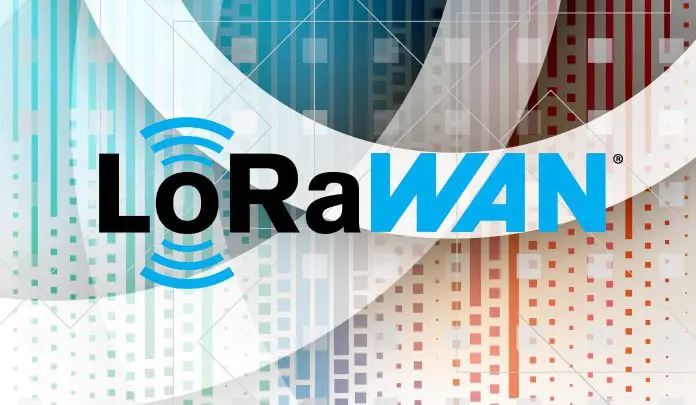The LoRa Alliance has announced support for Internet Protocol version 6 (IPv6) over LoRaWAN, allowing developers to quickly and cheaply provision and integrate internet-based IoT applications on low-power LoRaWAN networks, and expanding the range of industrial markets and software applications for the LoRaWAN community to address. The alliance cited requirements for IP-based standards in smart electricity metering, and the potential to extend its technology to new applications in smart buildings, industries, logistics, and homes.
Support for IPv6 over LoRaWAN is credited to LoRa Alliance members in the Internet Engineering Task Force (IETF), and notably the efforts of LoRa Alliance member company Acklio, which made “significant contributions” to specify the static context header compression (SCHC) and fragmentation techniques to make transport of the IP packets over LoRaWAN “very efficient”. The alliance’s own IPv6 over LoRaWAN task force integrated the Acklio-led SCHC specification (RFC 90111) into the body of the LoRaWAN standard.
The first application to leverage SCHC for IPv6 over LoRaWAN is DLMS/COSEM for smart metering, developed as part of a liaison between LoRa Alliance and DLMS User Association to address the requirement from electric utilities to use IP-based standards. The alliance said in a statement: “There are many additional applications for IPv6 over LoRaWAN, such as monitoring internet networking equipment, reading RFID labels, and IP-based smart home applications, among others.”
It said: “The new IPv6 adaptation layer facilitates and accelerates development of secure and interoperable applications over LoRaWAN and builds on the alliance’s commitment to ease of use. IP-based solutions, commonly found in enterprise and industrial solutions, among many others, can now be transmitted over LoRaWAN, and easily integrated with cloud infrastructures. This allows developers to quickly enable internet-based applications, while significantly reducing time-to-market and total cost of ownership.”
Donna Moore, chief executive and chair at the LoRa Alliance, commented: “As digitization across market sectors continues, integrating multiple technologies to achieve end-to-end solutions is critical. At the same time, companies are requiring solutions that provide increased interoperability and adhere to standards. Now that LoRaWAN readily integrates with any IP application, end users have both. IPv6 is a core technology underpinning IoT, so enabling IPv6 over LoRaWAN opens a huge number of new markets and a much larger addressable application space.”
She went on: “Developers and end users with IPv6 devices recognize the benefits of digital transformation and IoT, and already create solutions that can improve lives and the environment, as well as drive new revenue streams. By supporting IPv6, they now have a simple path to use LoRaWAN and benefit from the technology’s proven advantages… I want to thank Acklio… for its support and contributions to this effort.”
Alexander Pelov, chief executive at Acklio, said: “Acklio is proud to contribute to this new milestone that makes LoRaWAN natively compatible with Internet technologies. The LoRa Alliance ecosystem has mobilized for the specification and adoption of this key feature in record time. SCHC solutions that are compliant with this new specification are now commercially available from partners across the IoT value chain to deploy IPv6 over LoRaWAN solutions worldwide.”

